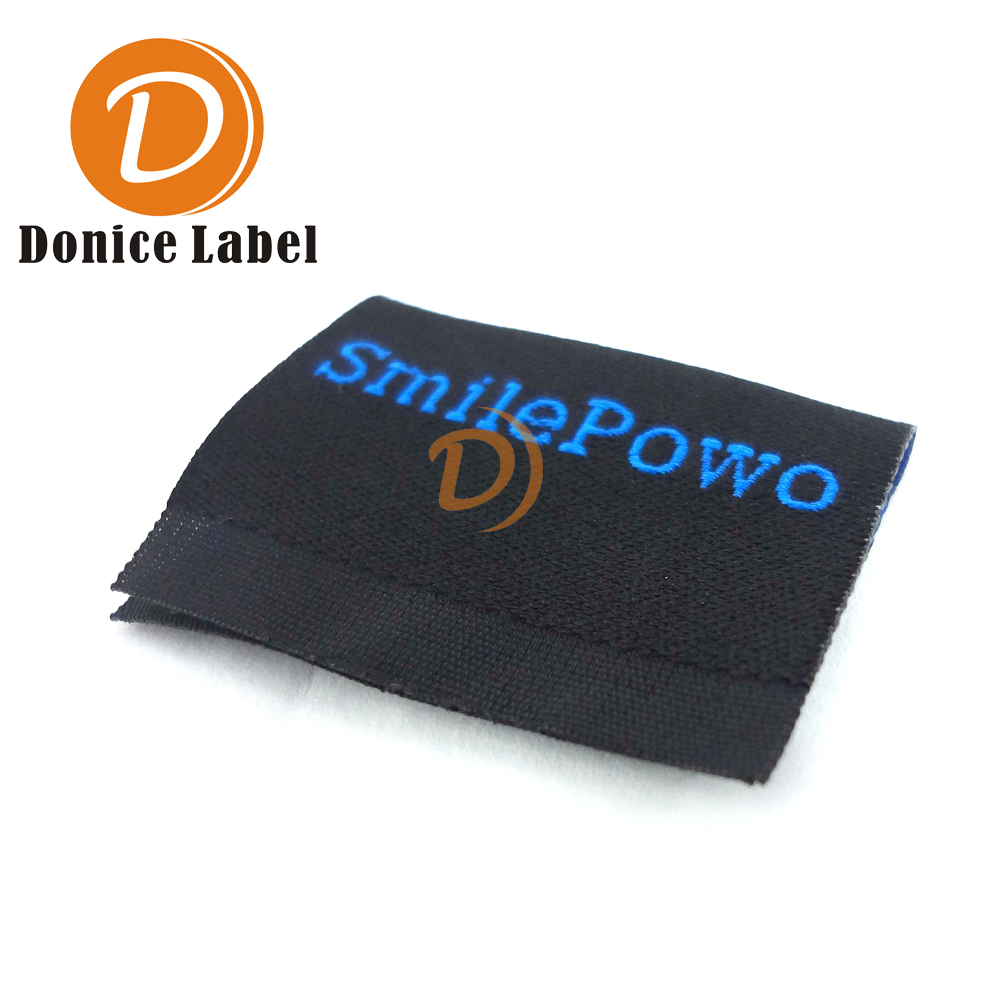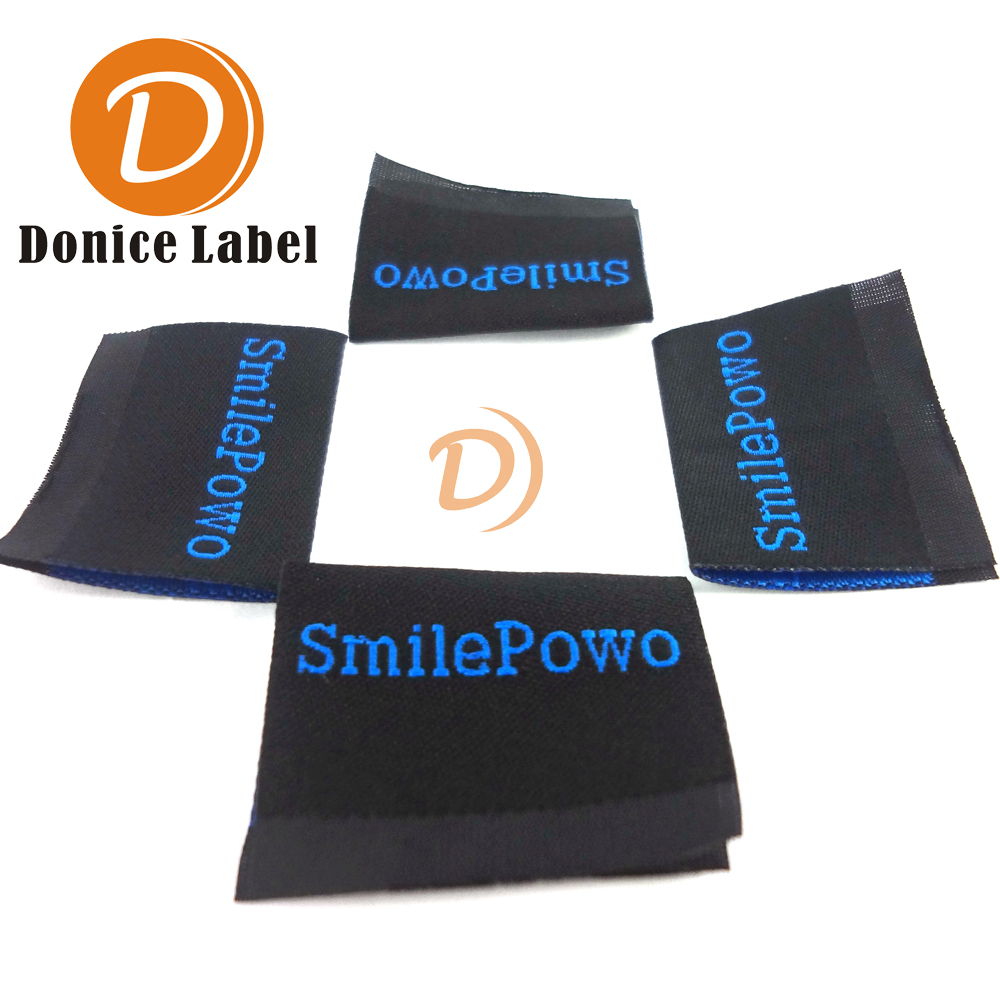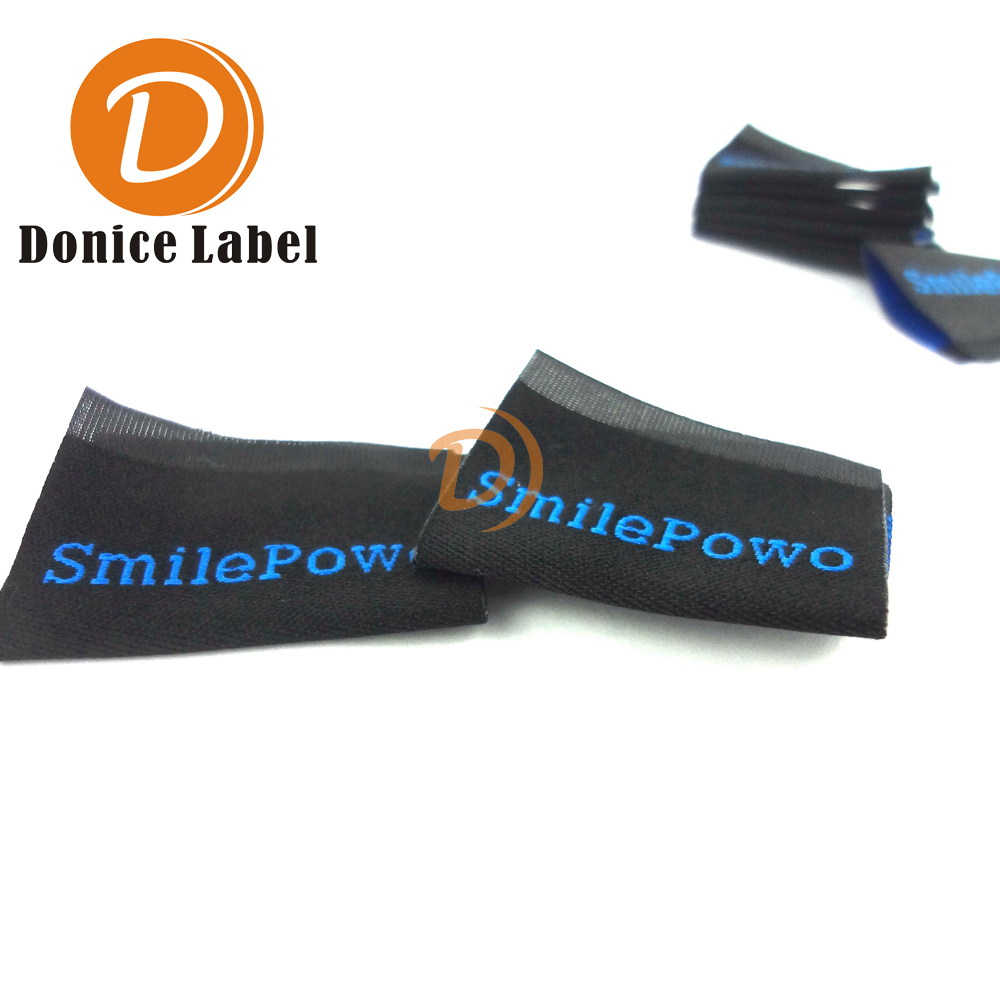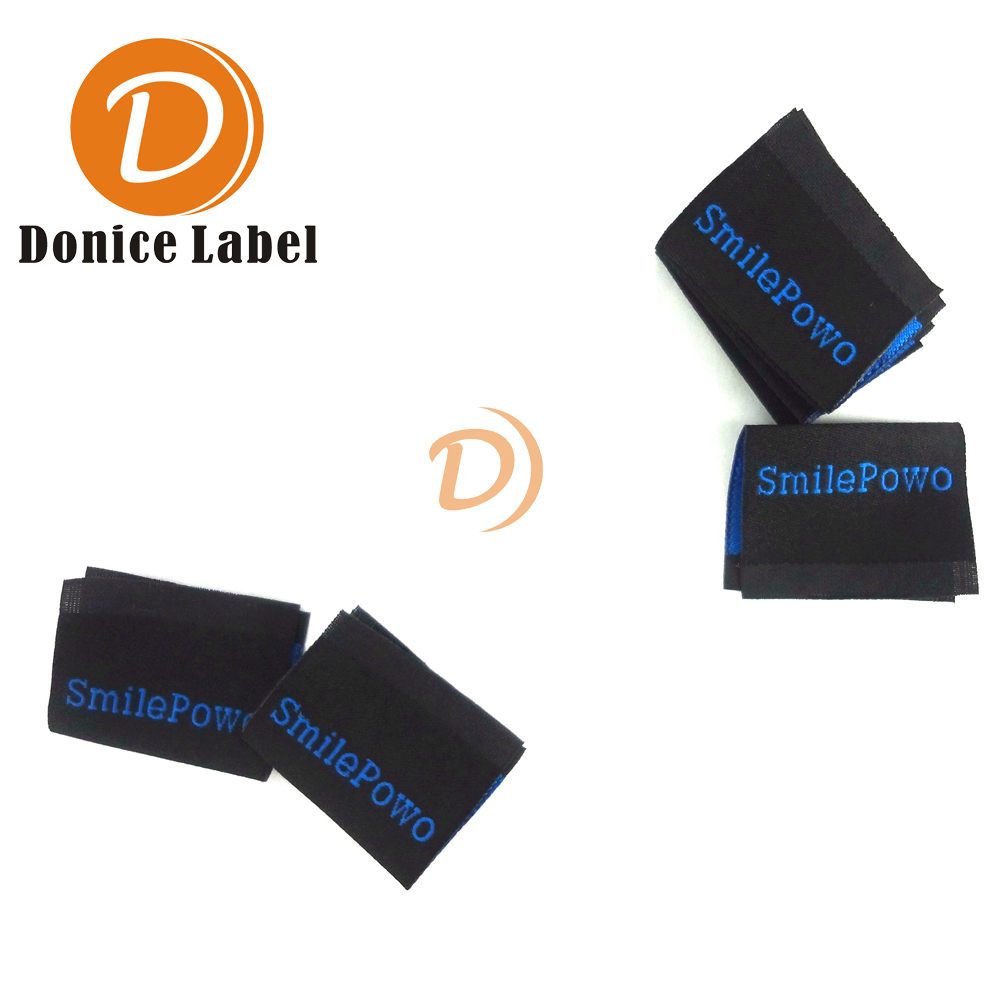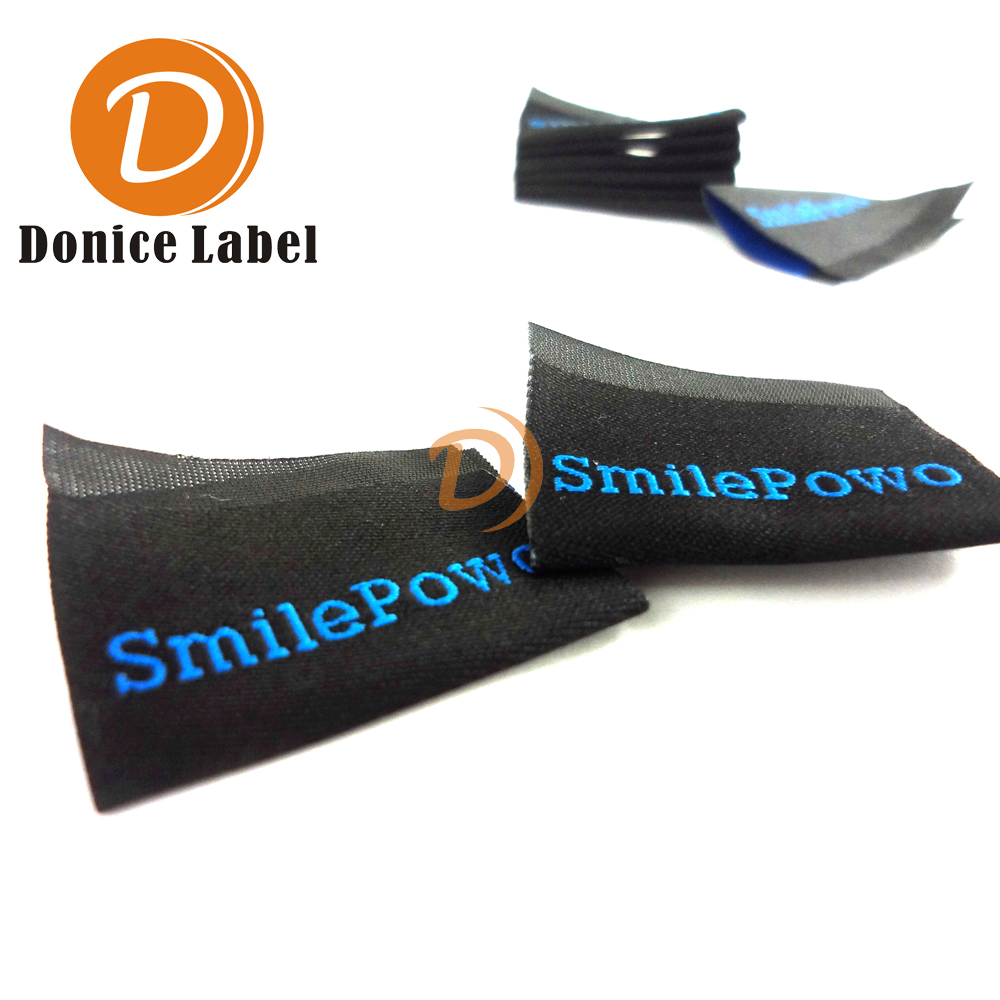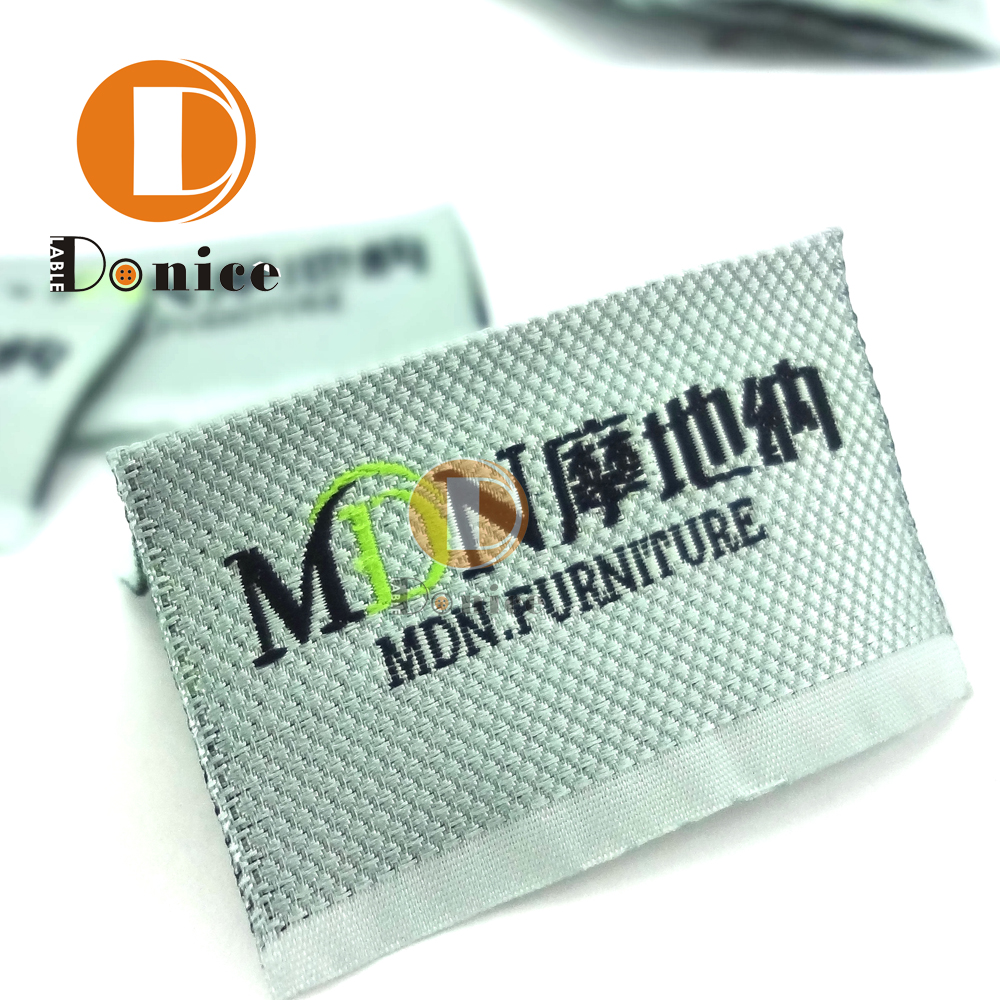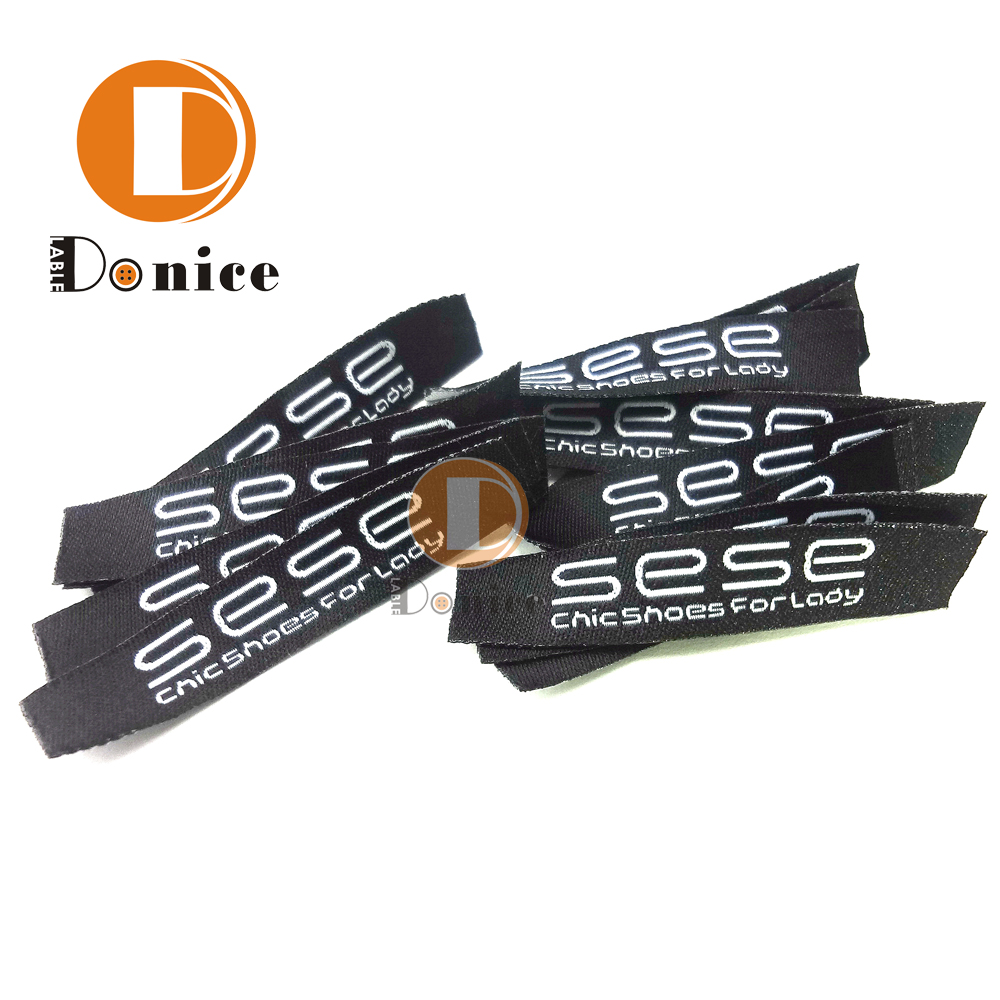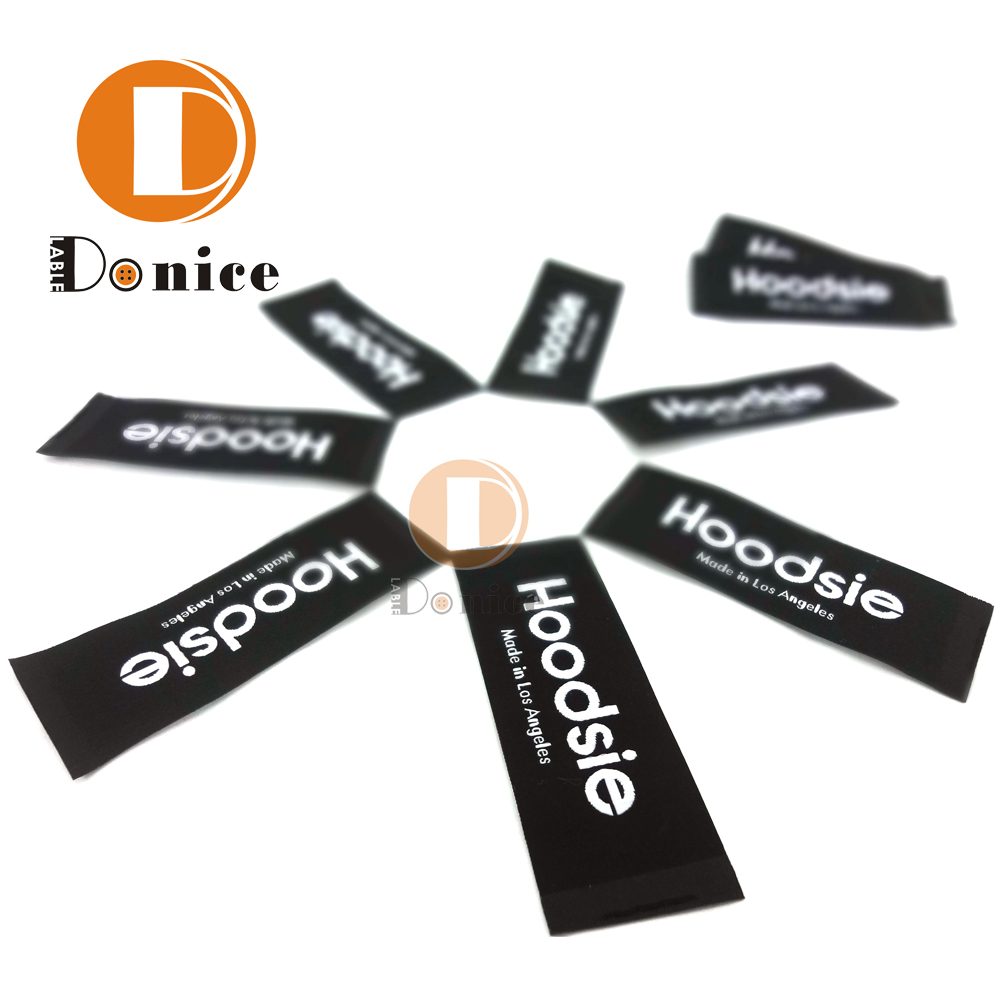Woven Labels
Woven Labels with Barcodes for Inventory Management
- Product description: Woven labels with barcodes are a powerful tool for enhancing inventory management across various industries. By providing accurate tracking, reducing errors, and enabling real-time data collection, th
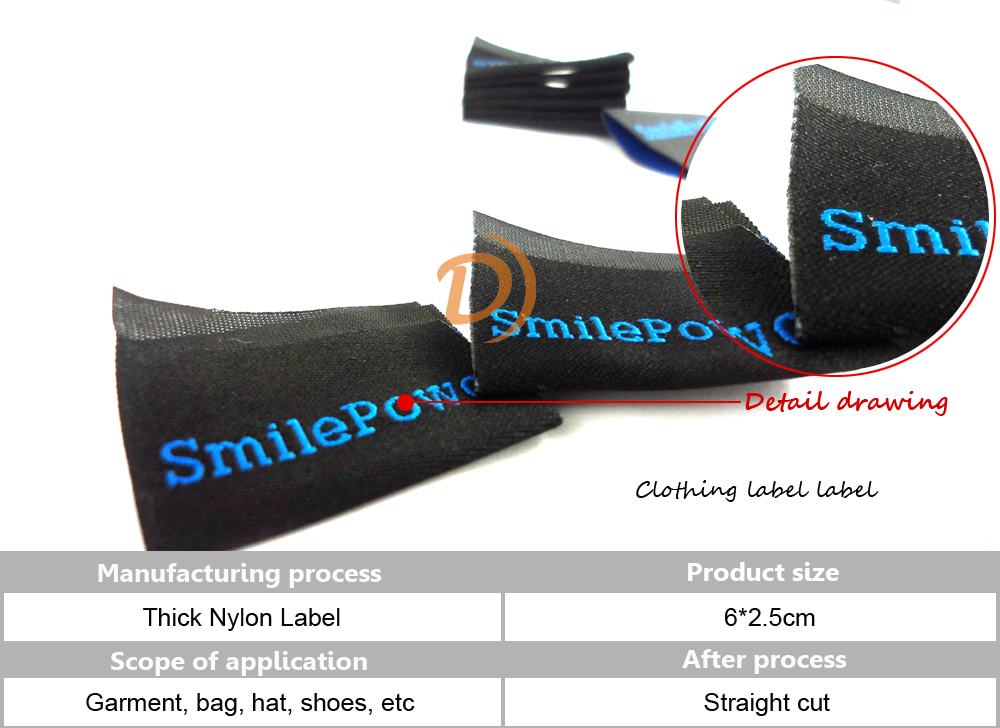
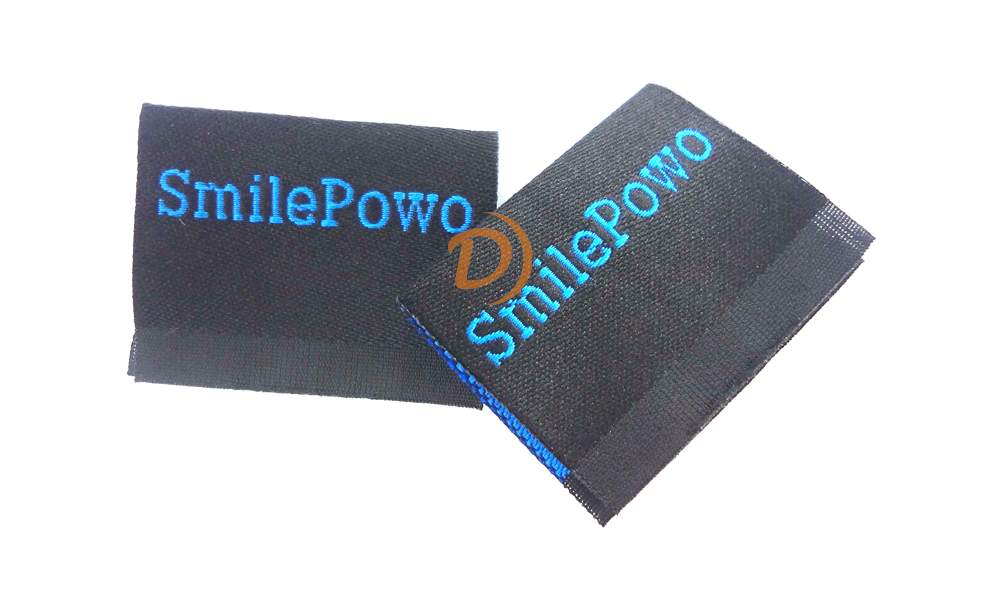
In the modern retail and manufacturing landscape, efficient inventory management is crucial for operational success. Woven labels with barcodes offer an innovative solution to streamline inventory tracking and management processes. This article explores the benefits, applications, design considerations, and best practices for incorporating barcodes into woven labels for effective inventory management.
Benefits of Woven Labels with Barcodes for Inventory Management
-
Enhanced Tracking: Barcodes on woven labels provide a reliable and efficient way to track products throughout the supply chain, from production to point of sale.
-
Accuracy: Barcodes reduce human error in inventory management, ensuring more accurate tracking of stock levels and product movements.
-
Efficiency: Automated barcode scanning speeds up the inventory management process, saving time and labor costs associated with manual data entry.
-
Real-Time Data: Barcodes enable real-time data collection, providing up-to-date information on inventory status and facilitating better decision-making.
-
Integration: Woven labels with barcodes can seamlessly integrate with existing inventory management systems, enhancing overall operational efficiency.
Applications in Inventory Management
-
Retail Clothing: Woven labels with barcodes are ideal for retail clothing stores, where they can be used to track inventory levels, manage stock replenishment, and prevent theft.
-
Warehouse Management: In warehouses, barcoded woven labels help in organizing and tracking large volumes of products, ensuring efficient storage and retrieval.
-
Manufacturing: Manufacturers can use woven labels with barcodes to monitor production processes, track work-in-progress items, and manage finished goods inventory.
-
E-commerce: For e-commerce businesses, barcoded woven labels simplify order fulfillment and inventory tracking, ensuring timely and accurate shipments.
-
Supply Chain Management: Throughout the supply chain, barcoded labels facilitate seamless product tracking, reducing the risk of loss or misplacement.
Design Considerations
-
Barcode Quality: Ensure the barcode is of high quality and easily scannable, even after repeated washing and handling.
-
Label Durability: Choose durable materials for the woven labels that can withstand the rigors of transportation, storage, and usage without degrading.
-
Clear Visibility: Design the labels so that the barcode is clearly visible and not obstructed by other design elements or stitching.
-
Size and Placement: Determine the appropriate size and placement of the barcode on the woven label to ensure it is easily accessible for scanning.
-
Data Integration: Ensure that the barcode data format is compatible with your inventory management system for seamless integration.
Best Practices
-
Collaboration with Experts: Work with experienced label manufacturers and barcode specialists to ensure high-quality production and accurate barcode integration.
-
Prototyping and Testing: Develop prototypes and conduct thorough testing to ensure the barcodes are durable, scannable, and functional in real-world conditions.
-
Quality Control: Implement strict quality control measures during production to ensure each label meets the required standards for durability and barcode accuracy.
-
Training: Train staff on the proper handling and scanning of barcoded woven labels to maximize efficiency and minimize errors.
-
Sustainability: Consider eco-friendly materials and production processes to align with sustainability goals and appeal to environmentally conscious consumers.
Categories
Latest News
Contact Us
Contact: Peano
Phone: 08618925218435
Tel:
Add: 1st Floor, Building 7, Zhizao Street (Accelerator), Jinwan District, Zhuhai City, Guangdong Province, China
